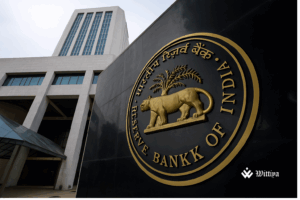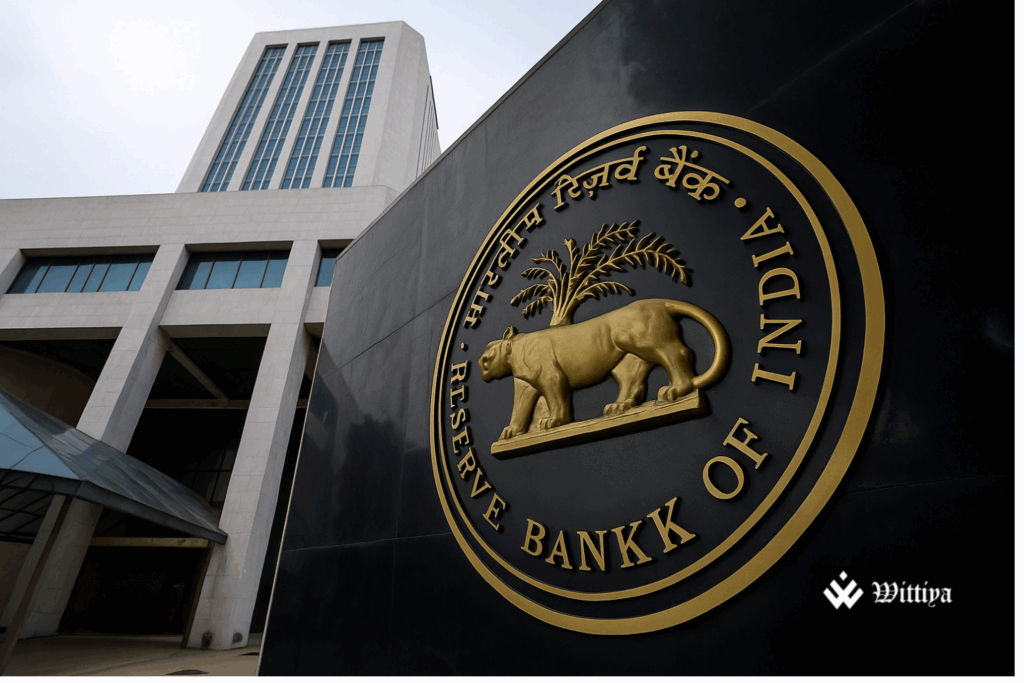The Reserve Bank of India is reviewing its economic capital framework, potentially lowering the mandatory capital reserve ratio. This move could increase surplus transfers to the government, aiding fiscal management amid tax revenue shortfalls. The RBI may pay a record dividend of ₹3.5 trillion this year, easing government financial pressures.
The Reserve Bank of India (RBI) is currently reviewing its economic capital framework, a move that could allow the central bank to transfer a larger portion of its surplus funds to the government. This review, chaired by RBI Governor Sanjay Malhotra, comes at a crucial time when the government is seeking to ease fiscal pressures amid a shortfall in tax revenues.
Under the existing policy, the RBI is required to maintain capital reserves ranging between 5.5% and 6.5% of its total balance sheet. These reserves act as a financial cushion to safeguard the central bank’s balance sheet against unforeseen risks. However, a possible reduction in this capital reserve ratio could free up additional funds, enabling the RBI to pay a higher dividend to the government.
In fact, the RBI is expected to pay a record dividend this year, potentially amounting to ₹3.5 trillion (approximately $41 billion). Such a significant transfer would provide much-needed support to the government’s finances, helping offset revenue gaps and easing fiscal constraints.
This review marks the periodic reassessment of the capital framework, following recommendations made by a committee headed by former RBI governor Bimal Jalan in 2018. The Jalan Committee had capped the savings the RBI must hold as a risk buffer and suggested a five-year review cycle, with the last framework applicable until June 30, 2024.
Historically, there has been some friction between the RBI and the Finance Ministry over the amount of capital the central bank holds. The government has argued that the RBI’s reserves are higher than necessary, limiting the funds available to the treasury. This latest review may pave the way for a compromise that balances the RBI’s need for financial security with the government’s need for fiscal resources.
Every year, the RBI pays dividends to the government from its profits, which come from earnings on investments and currency issuance. In the Union Budget announced in February, the government had anticipated inflows of ₹2.56 trillion from the RBI and other financial institutions for the fiscal year ending in March 2026.
With the ongoing review, the government could receive even larger transfers, providing relief amid ongoing economic challenges. The potential windfall from the RBI’s surplus payout will be closely watched by markets and policymakers alike, as it could significantly influence India’s fiscal health in the coming year.

